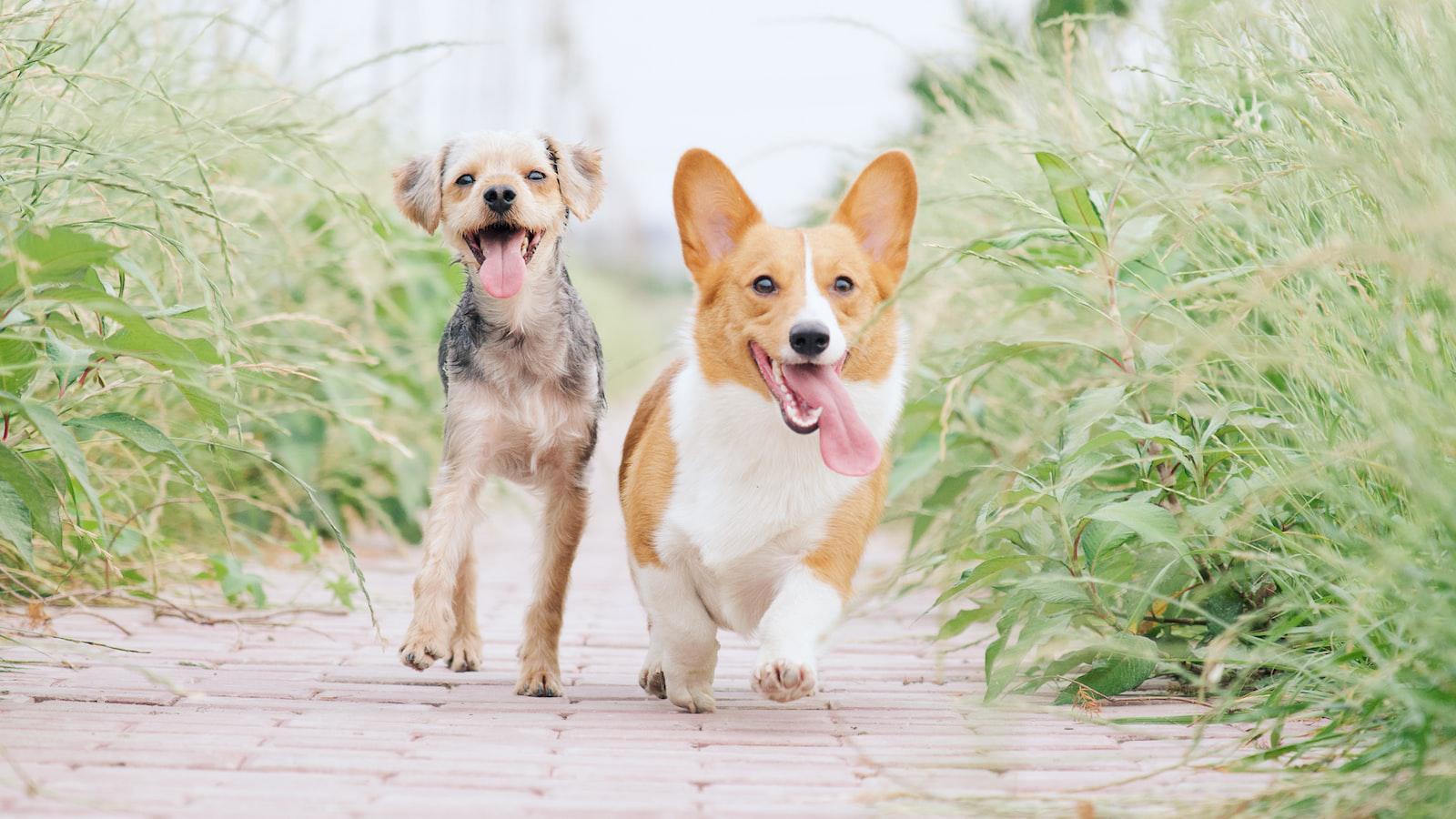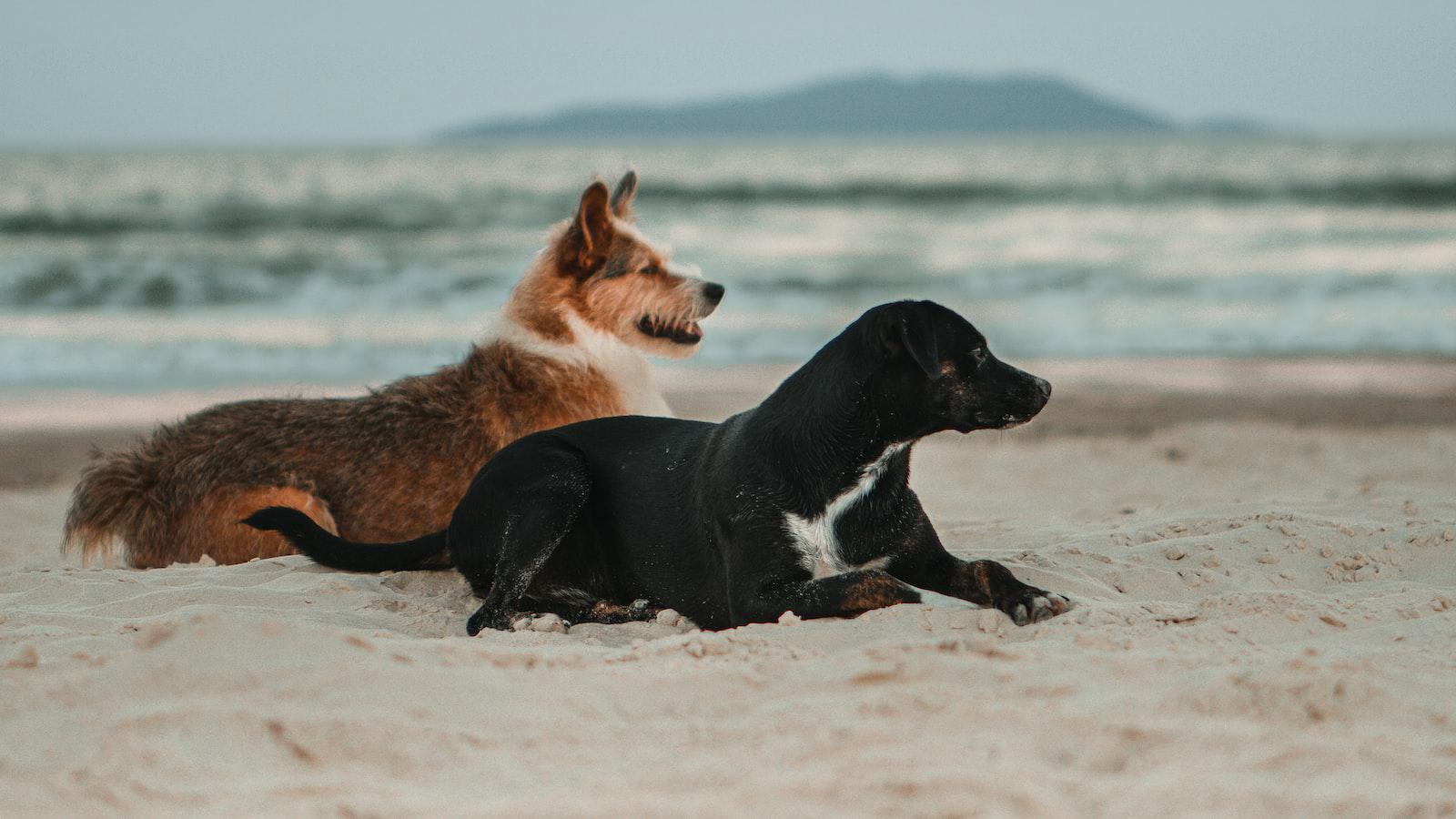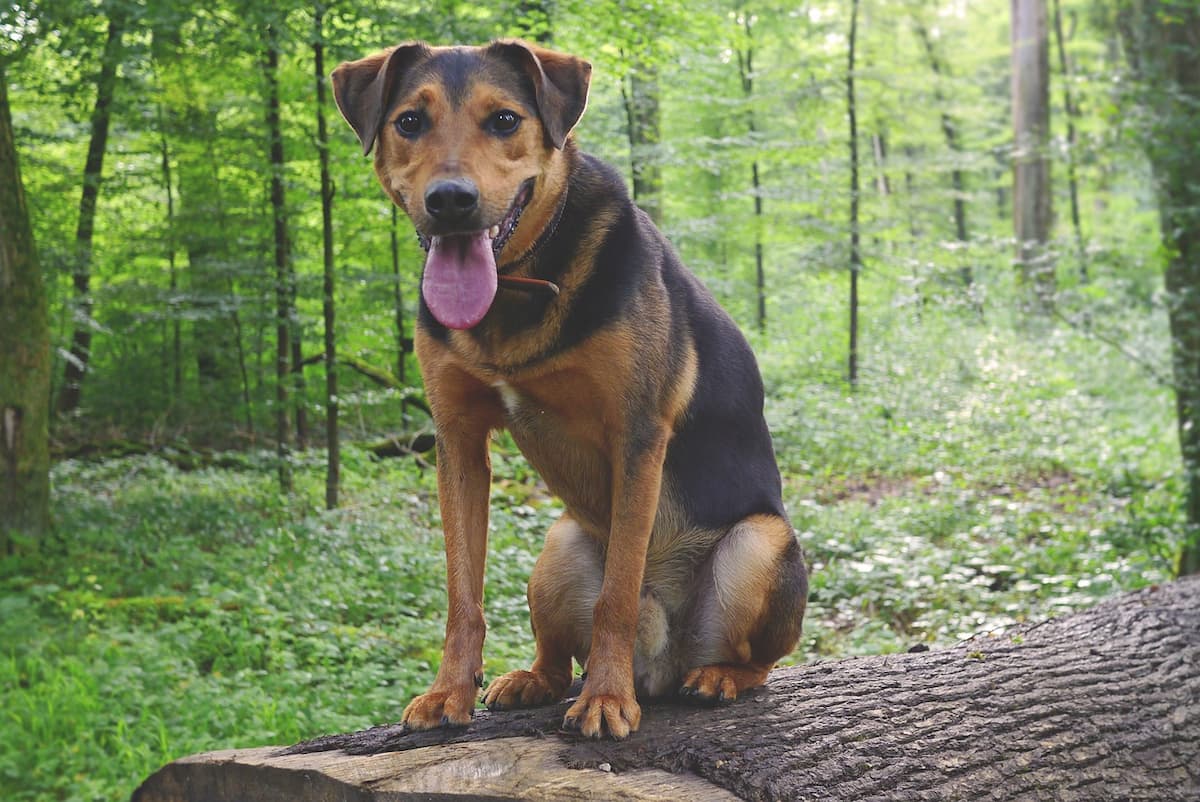Have you ever glanced out your window, only to witness the rather comical sight of a dog dragging their rear end along the ground?
It’s hard not to burst into laughter or give them a befuddled expression.
But why in the world do dogs feel the need to engage in such an utterly undignified behavior?
This article will reveal all the answers to this embarrassing question.
Understanding the Common Behavior Dogs Drag Their Butt
Dogs are known for their fascinating behaviors, and one peculiar habit that often leaves dog owners scratching their heads is when their furry friends start dragging their bum or butt along the ground.
It can be quite a baffling sight, but fear not, for there are sensible reasons behind this strange but common canine behavior:
Anal Gland Issues: One of the most common reasons why dogs drag their bum is due to issues with their anal glands.
These small sacs, located on either side of the dog’s anus, produce a pungent scent that is unique to each individual.
When the glands become impacted or infected, dogs may resort to dragging their rear end as a way to alleviate the discomfort.
If you notice your pooch excessively scooting along the floor, it may be time for a trip to the vet to have their anal glands checked and emptied, if necessary.
Worm Infestation: Another culprit behind a dog’s butt-dragging antics could be worms.
Parasites such as tapeworms can migrate to the dog’s rectum, causing itching and irritation.
This can prompt your furry friend to drag their rear end in an attempt to relieve the discomfort.
Regular deworming treatments can help prevent such infestations and keep your doggo from engaging in embarrassing bottom-dragging behavior.
Digestive problems: Another conceivable reason for your dog’s bum dragging could be digestive problems, specifically related to their stools.
If your furry friend experiences loose or partially solid stools, it may cause discomfort or residue to stick to their behind.
In an effort to alleviate the discomfort or clean themselves, dogs might resort to dragging their posterior across the floor.
Additionally, certain dietary intolerances or allergies can generate gastrointestinal issues, further amplifying the need for relief via bum dragging.
Skin Irritations: Dogs can suffer from various skin irritations, allergies, or infections that might cause discomfort around the anal area.
Itching, redness, or inflammation can lead to your pup dragging its bum along the floor to relieve the itching sensation.
If you notice any signs of irritation, such as excessive licking or biting in that region, it’s a good idea to consult with your veterinarian, who can determine the underlying cause and provide the appropriate treatment to soothe your furry friend’s discomfort.
How to Identify Anal Gland Problems
Anal gland expression is a natural process through which the secretions in these glands are released.
These secretions serve as a unique way for dogs to mark their territory and communicate with other dogs.
However, sometimes these glands become impacted or infected, leading to discomfort and the need for manual expression. If not properly attended to, the blocked glands can cause infection, itching, pain, and even abscesses.
If you notice your dog scooting or dragging their bum, it is essential to investigate the issue further, as it could be an indication of anal gland problems.
Common signs of anal gland issues include excessive licking or biting of the anal area, foul odor, swelling, or discharge.
These symptoms can be quite uncomfortable for your canine companion and may even result in an infection if left untreated.
To identify anal gland problems and offer your furry friend relief, here are a few steps you can take:
1. Observe their behavior: Pay attention to your dog’s overall behavior.
Are they constantly scratching their rear end or rubbing it against furniture?
This continuous dragging behavior could be a sign of an anal gland problem.
2. Check for swelling or discharge: Gently lift your dog’s tail and check for any swelling or discharge around the anal area.
If you notice redness, swelling, or an unpleasant smell, it’s likely that the anal glands are inflamed or infected.
3. Consult your veterinarian: If you suspect anal gland problems, it is best to consult your veterinarian for a proper diagnosis and treatment plan.
They can manually express the anal glands or prescribe medication to relieve the discomfort and clear any infection.
Remember, anal gland problems can be uncomfortable and even painful for your furry friend, so it’s important to address the issue promptly.
By identifying the signs and seeking veterinary care, you can ensure your dog’s anal glands stay healthy, and they can enjoy a wagging tail without any discomfort.
When to Seek Veterinary Help for Recurring Instances of Bum Dragging
Dogs dragging their bum or butt is a common behavior that can have a few different causes.
While it may be a normal and occasional occurrence for some dogs, recurring instances might indicate an underlying issue that requires veterinary attention.
If you notice your furry friend scooting across the floor more frequently, it’s time to consider seeking professional help.
Here are a few situations when you should reach out to a veterinarian for guidance:
1. Persistent discomfort: If your dog is dragging their bum excessively and seems to be in discomfort, it’s important to get them checked out by a vet.
Discomfort can be caused by a range of issues, including anal gland problems, skin irritations, or even parasites like worms.
A veterinary professional will be able to determine the exact cause and provide appropriate treatment to alleviate your pooch’s discomfort.
2. Bleeding or swelling: If you notice any bleeding or swelling in the area where your dog is dragging their bum, it’s crucial to seek veterinary help immediately.
These symptoms may indicate an infection, an anal gland abscess, or even a tumor.
It’s best not to wait and let the condition worsen.
A veterinarian will be able to diagnose the problem and recommend the necessary steps to ensure your dog’s health and well-being.
3. Changes in behavior or appetite: If your dog’s bum dragging is accompanied by changes in behavior or appetite, it’s a sign that something is not right.
Loss of appetite, lethargy, or a decrease in activity level could be indicative of a more serious underlying condition.
Consulting with a veterinarian will help uncover any potential health issues and allow for prompt treatment, enabling your four-legged companion to get back to their happy and playful self.
Remember, every dog is unique, and the causes of bum dragging can vary.
While occasional scooting may not be a cause for concern, recurring instances should be taken seriously.
Seeking veterinary help will not only provide you with peace of mind but also ensure your beloved pet receives the care they need to lead a comfortable and healthy life.
FAQ
Q: Why do dogs scoot or drag their bum around?
A: Well, there are a couple of common culprits behind this peculiar behavior.
One possibility is that your pup might be experiencing some discomfort in their derriere.
Itchy or irritated anal glands can make them feel rather squirmy.
Q: What are anal glands exactly, and why do they cause discomfort?
A: Anal glands are small sacs located on either side of a dog’s anus.
These little buddies produce a scent that helps dogs mark their territory.
Normally, the glands empty naturally during bowel movements. However, sometimes they can become blocked or impacted, leading to discomfort and itchiness.
Q: How can I tell if my dog’s anal glands are bothering them?
A: Good question!
Keep an eye out for signs like excessive scooting, licking, or biting around their rear end.
If your pooch is dragging their bum often, it’s a good idea to schedule a trip to the vet.
They can examine your dog’s glands and express them if necessary (don’t worry, it’s not as scary as it sounds!).
Q: Are there any other reasons dogs scoot besides anal gland issues?
A: Absolutely!
While anal gland problems are common, they aren’t the only explanation for this peculiar behavior.
Sometimes, dogs may scoot to alleviate itching caused by allergies or skin irritation.
In some cases, gastrointestinal issues like worms or diarrhea can also make them a little “bum-focused.”
Q: Can I prevent my dog from scooting altogether?
A: Well, it’s tricky to prevent scooting entirely since dogs have a way of finding new and creative itches.
However, there are a few things you can do to decrease the likelihood of scooting episodes.
Regularly checking and expressing your dog’s anal glands during grooming can help prevent blockages.
Maintaining a healthy diet and treating any allergies or skin conditions promptly can also reduce the itchiness that could lead to scooting.
Q: Is scooting always a sign of a problem?
A: Scooting itself isn’t necessarily a cause for alarm, but it’s definitely an indicator that something might be up.
Pay attention to your dog’s behavior and make note of any changes.
If scooting becomes excessive or is accompanied by other concerning symptoms like redness, swelling, or foul odor, it’s best to consult your vet.
They’re the experts in unraveling the mysteries of the canine derriere!
Q: Can I ever enjoy a scoot-free existence as a dog owner?
A: Well, scooting is just one of those quirks that come with the territory of being a dog parent.
But fear not!
With proper care, attention, and the occasional butt-checking, you can minimize scooting episodes and keep your pup’s rear end happy and healthy.
Remember, every dog is unique, so what works for one may not work for another.
Trust your instincts, consult your veterinarian, and never hesitate to give your pooch’s bum the attention it deserves. After all, a happy hound means a happy household!
Final Reflection
The next time you see Fido scooting around like a race car driver, don’t panic!
Keep calm and remember what we’ve learned today.
It might be a simple case of an itchy tush or maybe Fido just wants some extra attention.
However, it’s always essential to stay vigilant and monitor your pup’s behavior, because those sneaky parasites might be lurking around.
Remember, everyone deserves a clean and healthy doggy bottom, so regular grooming, proper diet, and a trip to the veterinarian can go a long way.
And if you ever find yourself struggling to figure out what’s going on, don’t hesitate to consult with the experts.
After all, they’ve dedicated their lives to unraveling these puzzling behaviors.














